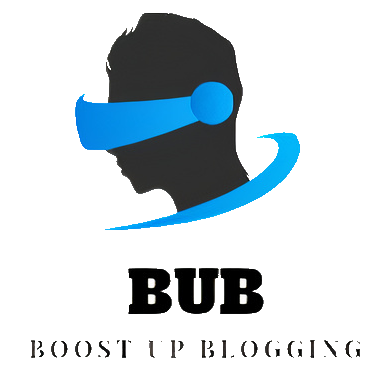From Idea to App: AI Tools That Help You Ship Products Quicker
Launching a digital product is notoriously difficult. From initial concept to deployment, developers and entrepreneurs face significant challenges, including limited resources, tight deadlines, and an ever-growing market demand for speed and innovation. However, one of the biggest enablers in recent years has been the rise of AI-powered tools that drastically accelerate product development. Whether you are a solo developer or part of a large team, these technologies can help you take your idea to market faster and more efficiently than ever before.
In this article, we explore how artificial intelligence is transforming the way apps are planned, built, and launched. We’ll also highlight a few leading AI tools that are playing a pivotal role in streamlining this journey.
The New Product Development Workflow
The conventional stages of product development typically include:
- Ideation and research
- Design and prototyping
- Development and testing
- Deployment and iteration
AI tools can now assist across each of these stages, not only expediting processes but also reducing human error and offering data-driven insights. As artificial intelligence matures, it’s becoming more adept at understanding context, generating high-quality content, and even writing code — giving product teams a competitive edge.
[ai-img]product development, workflow, collaboration[/ai-img]
AI Tools That Speed Up Product Development
A number of AI-driven platforms aim to automate tedious or repetitive tasks, enhance creativity, and improve collaboration within teams. Here are some of the most impactful categories of these tools:
1. Ideation and Market Research
Understanding market demand is critical, and AI can automatically analyze competing products, track emerging trends, and evaluate user sentiment from reviews and social media. Tools like Crayon and Gong.io leverage machine learning to surface actionable insights and competitor intelligence quickly.
2. UI/UX Design Assistance
Tools such as Uizard and Figma’s AI plugins allow teams to turn basic wireframes or text prompts into high-fidelity prototypes. These tools save countless design hours and promote instant user feedback cycles before any code is written.
3. Code Generation and Automation
AI code assistants like GitHub Copilot and Amazon CodeWhisperer enable developers to write cleaner, more efficient code with significantly less effort. These tools understand programming context and suggest code based on descriptions or inline comments. As a result, junior developers can quickly level up, and senior developers can avoid burnout from mundane tasks.
[ai-img]coding, ai assistant, programming automation[/ai-img]
4. Testing and Debugging Support
Modern test automation platforms like Testim or Functionize integrate AI to dynamically adapt to changing application interfaces, reducing flaky tests and maintenance time. Bug-detection tools now use predictive analysis to find potential bugs before they even manifest.
5. Customer Feedback Integration
Natural Language Processing (NLP) tools analyze user reviews, support tickets, and feedback forms in real time. This allows product managers to prioritize features and improvements based on statistically validated user needs rather than assumptions alone.
Why AI Accelerates Launch Cycles
One of the central benefits AI provides is time efficiency. For example, what used to take weeks of developing basic functionality can now be achieved in days, thanks to code-generation models. Similarly, data analysis that previously required a dedicated BI team can now be handled by AI dashboards that instantly provide decision-makers with key insights.
Moreover, the collaborative capabilities of AI tools—especially those embedded in existing platforms such as Slack or Notion—ensure that teams stay aligned and move faster through feedback loops, or even project pivots.
Risks and Considerations
Despite their advantages, integrating AI into your development pipeline isn’t without risks. Over-reliance on automation can lead to blind spots, especially if models produce erroneous results that are not manually reviewed. There’s also the ongoing concern of data security and ethical transparency, especially when working with third-party APIs that consume sensitive user data.
Teams must strike a balance between human oversight and machine efficiency, ensuring that quality and governance are not compromised for the sake of speed.
[ai-img]data security, ethics, ai balance[/ai-img]
Conclusion: The Future of App Development
AI is not replacing human ingenuity—it’s amplifying it. The best product teams strategically leverage AI tools to do more with less, stay agile, and shorten release cycles. From helping brainstorm ideas to pushing a polished product live, AI is quietly becoming the silent partner in modern software development.
Whether you’re building an MVP for your startup or launching a new feature in a large-scale enterprise app, AI tools deserve a place in your stack. They provide tangible ROI by cutting down time to market, improving team productivity, and ensuring your product meets user expectations faster than the competition.





